 |
| First & Second Ages |
 |
| Third Age |
- The Hobbit - People can start with The Hobbit, as an easy and lighthearted fantasy story, which J.R.R. Tolkien published first, without having much backstory and historical details in mind.
- The Lord of the Rings - This is the natural sequel of The Hobbit and completes the story. However it has many allusions to the greater world and ancient history of Arda.
- The Silmarillion - Published after Tolkien's death, it provides the cosmogony and earlier stories of Arda. It can give the reader insight about the world they already know.
- Unfinished Tales / The Children of Húrin / Beren and Lúthien / The Fall of Gondolin - These books provide additional and extensive details about several aspects of the greater history.
- The Silmarillion - describes the beginnings of Tolkien's world.
- The Children of Húrin, Beren and Lúthien and The Fall of Gondolin - These books give an extended version of the Great Tales of the Elder Days, featured as a part of The Silmarillion.
- Unfinished Tales - Parts of this book give insight about Númenor, the Second Age (mentioned in The Silmarillion) and early Third Age, with elements that will play their role in The Lord of the Rings.
- The Hobbit - Although directly unrelated to The Silmarillion, it is the next big story.
- The Lord of the Rings - The conclusion of the story of The Hobbit as well as things mentioned in The Silmarillion.
Which order should I read Tolkien’s Middle-earth books in?
This really is something it’s almost impossible to be prescriptive about. Every reader is different. For instance, a reader’s age is a very important factor. If you are a child of 9 then the first book should definitely be The Hobbit. Children from 11 onwards may be OK with The Lord of the Rings next, followed perhaps by the stories in Tales from the Perilous Realm. The Silmarillion is quite a dense read, and should probably be tackled a little later.
However, an adult may be better starting off with The Lord of the Rings followed by The Children of Húrin, Unfinished Tales, The Silmarillion, and the various volumes of The History of Middle-earth. Even this is a bit prescriptive. One reader might particularly enjoy epic poetry, so they may prefer to read The Lays of Beleriand much earlier than someone who dislikes verse.
The most obvious order in which to read the Middle-earth books is probably to follow that in which the books were published. This is:
- The Hobbit
- The Lord of the Rings
- The Adventures of Tom Bombadil and Other Verses from the Red Book
- The Silmarillion
- Unfinished Tales
- The History of Middle-earth series
- The Children of Húrin
- Beren and Lúthien
- The Fall of Gondolin
If you wish to read Tolkien’s Middle-earth works approximately in the order they were written, then this is a very rough guide:
- The Book of Lost Tales [volumes 1 & 2]
- The Lays of Beleriand
- The Shaping of Middle-earth
- The Lost Road
- The Hobbit
- The Return of the Shadow
- The Treason of Isengard
- The War of the Ring
- Sauron Defeated [first part]
- The Peoples of Middle-earth [first part]
- [The Lord of the Rings]
- The Notion Club Papers [in Sauron Defeated]
- Unfinished Tales [omit Narn i Hîn Húrin]
- The Children of Húrin
- Beren and Lúthien
- The Fall of Gondolin
- Morgoth’s Ring
- The War of the Jewels
- [The Silmarillion]
- The Peoples of Middle-earth [last part]
However, in reality it doesn’t really matter in which order anyone reads the books. They should be read in any order the reader chooses, but most of all they should be enjoyed.
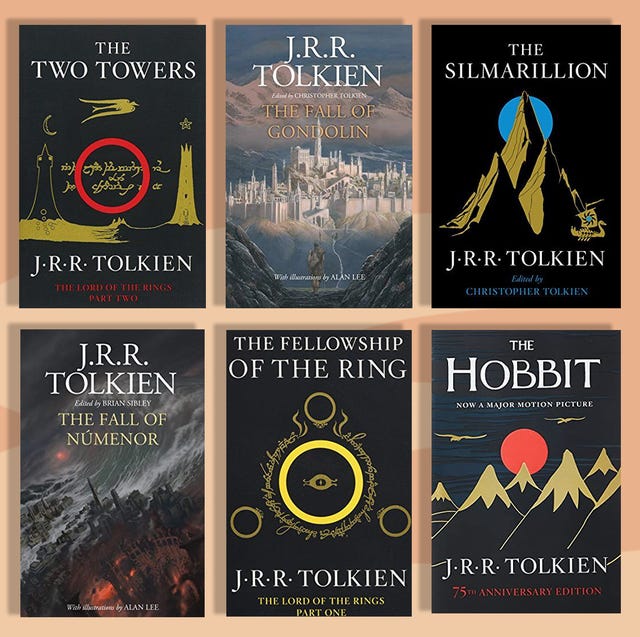
It’s difficult to imagine a world without The Lord of the Rings. J.R.R. Tolkien’s sprawling magnum opus popularized the fantasy genre, galvanized a counterculture movement, and snowballed into a global pop culture phenomenon. Peter Jackson’s early aughts film adaptations have only compounded the series’ enduring popularity, inviting new fans into Tolkien’s fantastical world by way of Academy Awards, timeless memes, and astounding filmmaking. Now, with Amazon's Rings of Power closing the curtain on a successful Season One, a whole new generation of fans have discovered Middle-earth.
If you haven’t read the series, how I envy you! Newcomers are in for an unforgettable reading experience. You’ll always remember the first time you encountered these moving, masterfully imagined epics about the struggle between good and evil, the delicate balance of death and immortality, and the addictive danger of power. But The Lord of the Rings is just the tip of the iceberg; Tolkien’s Middle-earth legendarium encompasses thousands of years and dozens of other works, meaning that if you dive in, it may be quite a long time before you make it there and back again.
What’s the best path for reading your way through, you ask? It’s a simple question, but one bound to rile up Tolkien fans, who love and study the author’s works with serious devotion. I know because I’m one of them. Yes, dear reader, you caught me—I’ve been a Tolkienite since age eight, when I got my hands on The Hobbit and it changed my little brain forever. I grew up in Tolkien’s wide, wild world in the way that other members of my generation grew up in Narnia or Hogwarts; these books are an enduring part of my heart and identity, and they can be for you, too.
Below, I’ve charted a choose your own adventure course through the lore, with exit points for the casual reader and bonus material for the newly converted Tolkienite. Additionally, for anyone looking to do their homework about the Rings of Power lore, I've flagged the books that will enrich your viewing of the series. What kind of Tolkien reader will you be? Time to start reading and find out. (And once you've finished, check out our maps to Dune, Game of Thrones, and The Wheel of Time next.)

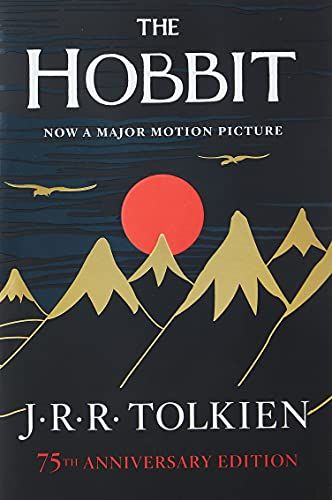

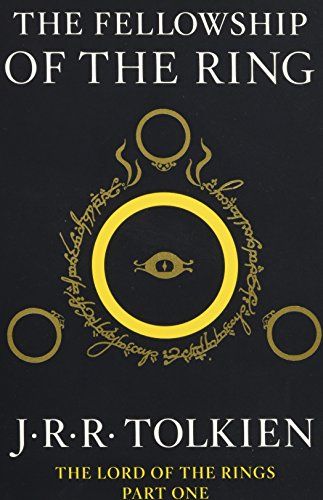
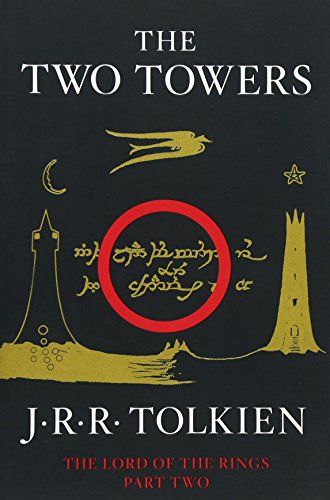
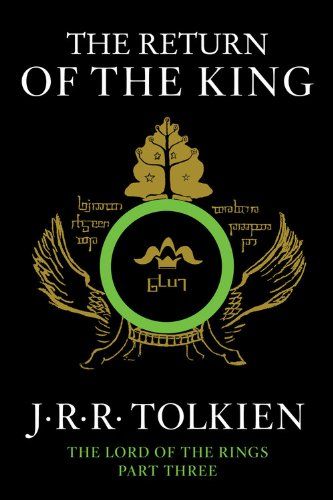
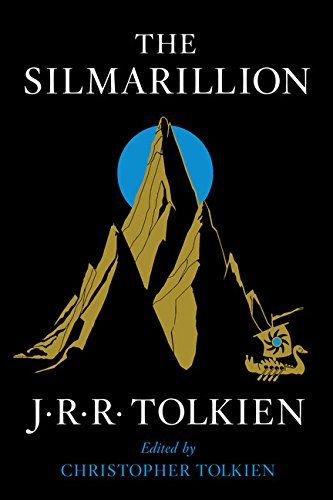

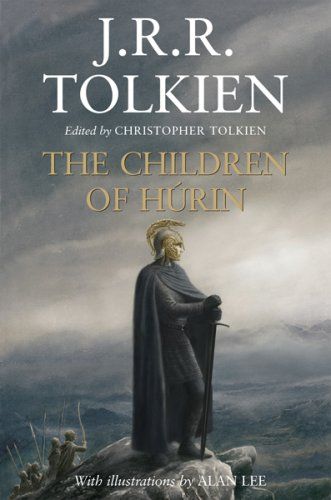
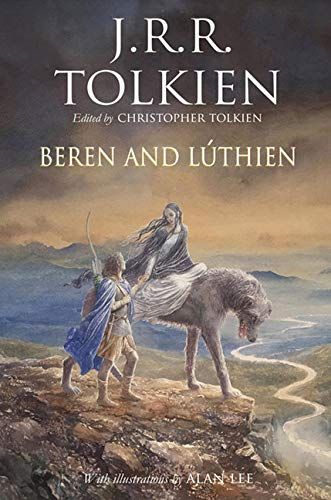
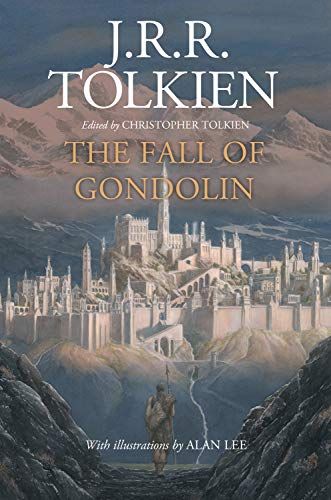

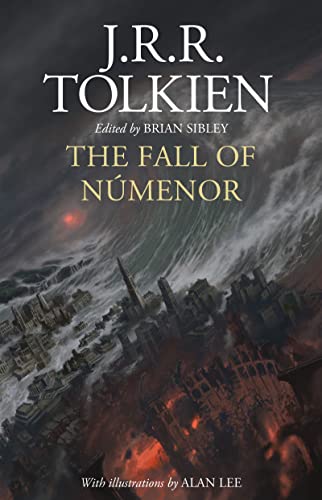
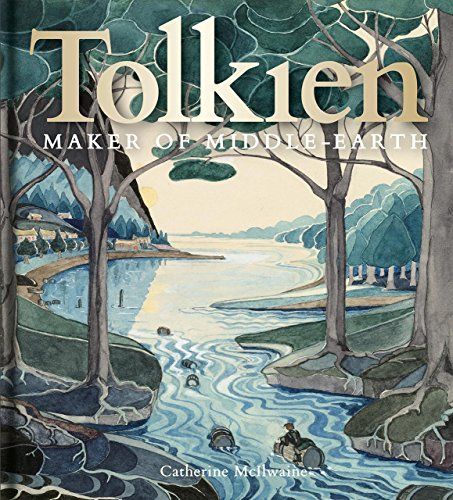
No comments:
Post a Comment